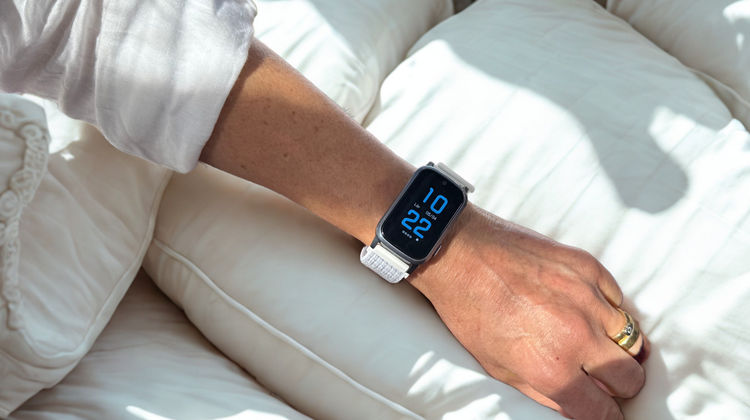Osteoarthritis is a chronic joint disease that affects the cartilage – the smooth tissue that allows bones in a joint to glide against each other without friction. In osteoarthritis, this cartilage gradually breaks down, causing the joint to become stiff, painful, and less mobile. It’s the most common joint disease in Sweden and globally, particularly among older adults, though younger people can also be affected, especially after joint injuries.
Osteoarthritis most often affects the knees, hips, fingers, and spine, but it can occur in any joint. The condition develops slowly and cannot be cured, but symptoms can be managed with appropriate treatment and lifestyle changes.
Common Symptoms of Osteoarthritis
Typical symptoms include:
-
Joint pain, especially during activity
-
Stiffness, particularly in the morning or after periods of rest
-
Reduced mobility
-
Clicking or swelling in the joint
-
Weakened muscles around the affected joint
Symptoms vary from person to person but typically worsen over time.
Causes and Risk Factors
Several factors increase the risk of developing osteoarthritis:
-
Age – risk increases significantly after age 50
-
Overweight or obesity – adds stress to joints, especially knees and hips
-
Previous joint injuries – such as sports injuries
-
Genetics – family history can play a role
-
Heavy or repetitive work
Increased Risk of Falling – an Overlooked Consequence
Osteoarthritis affects more than just the joints – it can also increase the risk of falling, particularly in older adults. Several mechanisms contribute to this:
1. Stiffness and pain impair balance
Joint stiffness and pain reduce mobility and the ability to quickly recover from imbalance. Many people change their gait to avoid discomfort, which itself can lead to instability.
2. Muscle weakness contributes to falls
Pain often leads to reduced use of the affected body part, which in turn weakens surrounding muscles. This loss of strength affects stability and makes standing or walking more difficult.
3. Fear of pain reduces activity
Many people with osteoarthritis become less active to avoid pain. This leads to decreased physical conditioning, balance, and reflexes – a vicious cycle that further increases the risk of falling.
Research shows that people with knee or hip osteoarthritis experience more falls than those without, especially when pain and weakness are combined (1).
What You Can Do
There are many ways to reduce both the symptoms of osteoarthritis and the risk of falls:
-
Exercise regularly, focusing on strength and balance (preferably with a physiotherapist)
-
Lose weight if you are overweight
-
Use assistive devices like a cane or brace as needed
-
Fall-proof your home to remove tripping hazards
-
Seek pain relief to make it easier to stay active
Many people with osteoarthritis experience improved function and reduced pain with the right training and support.
Safety alarm with automatic fall alarm can increase safety for people with an increased risk of falling
Sensorem’s personal alarm is an example of a technical aid specially developed for people who have an increased risk of falling. The personal alarm can automatically trigger the alarm in the event of a fall and then call relatives using the watch’s built-in speakerphone with two-way communication. The personal alarm works outdoors and has built-in GPS positioning so that relatives can see the user’s position on a map in the Sensorem app.

